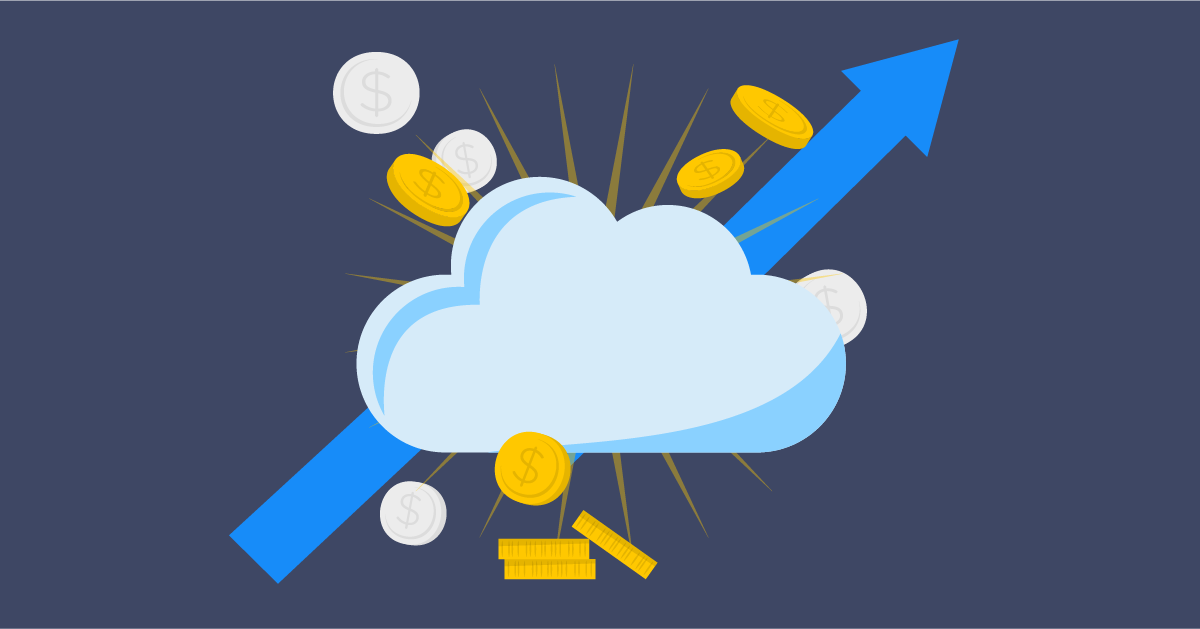Despite the increasing popularity of Cloud solutions, there is still uncertainty surrounding the planning and calculation of Cloud costs. This article explores how to overcome the most common challenges related to cost management in the Cloud.
Who has the authority to create servers on the Cloud management platform? Where does the primary responsibility lie for managing Cloud Infrastructure costs? And how are services billed to end customers? Concerns about cost management remain one of the biggest hurdles in Cloud migrations.
Michael Dudli, CEO of Xelon and a Swiss cloud pioneer, identifies three reasons why Cloud Infrastructure costs are a significant issue.
-
Control: Who is primarily responsible for cost control?
Whether working with a hyperscaler like Azure or a local provider like Xelon, system administrators can set up a server in the portal. In contrast, the on-prem infrastructure had a hardware procurement process. Michael Dudli recalls a common concern he has heard during his many years of working with Swiss IT service providers:"Most IT service providers want the system administrator to be able to do this themselves. This could lead to a loss of control. Who now controls and determines how many servers are created for which customer?" - Reporting: Who controls the allocated servers at the end of the month?
Defining responsible parties for reporting is crucial. Who approves the invoices and takes on the main responsibility? Additionally, it is essential to consider how costs can be optimized with the Cloud compared to previous models with in-house IT infrastructure. - Billing: How is the billing process handled?
Cloud solutions often operate on a pay-as-you-go model, meaning you only pay for services actually consumed. Billing should be closely tied to reporting. When someone creates a server in a client's system or adds more CPU or storage to a server in a customer's tenant, who ensures that this is billed to the client? How can we guarantee that the internal process is accurate so that the correct invoice is generated at the end of the month?
Below, Xelon CEO Michael Dudli shares how IT service providers can tackle the challenges associated with Cloud Infrastructure costs.
3 Tips for Cloud Cost Management for IT Service Providers
- Cost Estimation: Understanding the necessary CPU, RAM, and storage for project calculations in the Cloud is crucial. According to our Cloud experts this calculation is not usually complex. However, it requires a change in mindset compared to the past, where hardware was simply ordered, often excessively, and allocated to the VM as required. This shift from simply ordering hardware to accurately allocating resources can lead to cost savings through effective planning. Every gigabyte of RAM and every CPU core spared translates to lower costs.
- Access Rights and Flow: Regarding access rights and access flow, Michael Dudli highlights an important cost control measure for Cloud Infrastructures: "If you don't want employees to create a server, then you don't have to give them this right. An access flow can be implemented as an alternative. This means that if an employee creates a server, this server should not be created directly, but an email should be sent to a manager who can authorise it, and then the server is created. Or a notification is triggered to inform the accounting department, head of department, or operations team leader when a server is created. This allows them to verify whether the action is appropriate." When migrating to the Cloud, it is crucial to consider access rights and access flow. Especially with larger teams, it can be difficult to maintain control if access rights and responsibilities are not regulated accordingly.
- Billing Reconciliation: When creating a server for a client or upgrading CPU and RAM, it is vital to ensure proper billing to avoid absorbing these costs. . According to Michael Dudli, this can be done either manually or automatically, for example through a report or an API integration that extracts the costs directly. "In practice, you see all kinds of variants. With small IT service providers, it is often still a manual task; they receive reports that they then divide up among the customers and charge on. At larger companies, this is usually solved with an API integration that completely automates the process so that potential sources of error can be eliminated," says the Xelon CEO.
For more insights on Cloud Infrastructure management, check out our free Whitepaper on "How to Keep in Control of Your Data and Systems in the Cloud". Download now!
